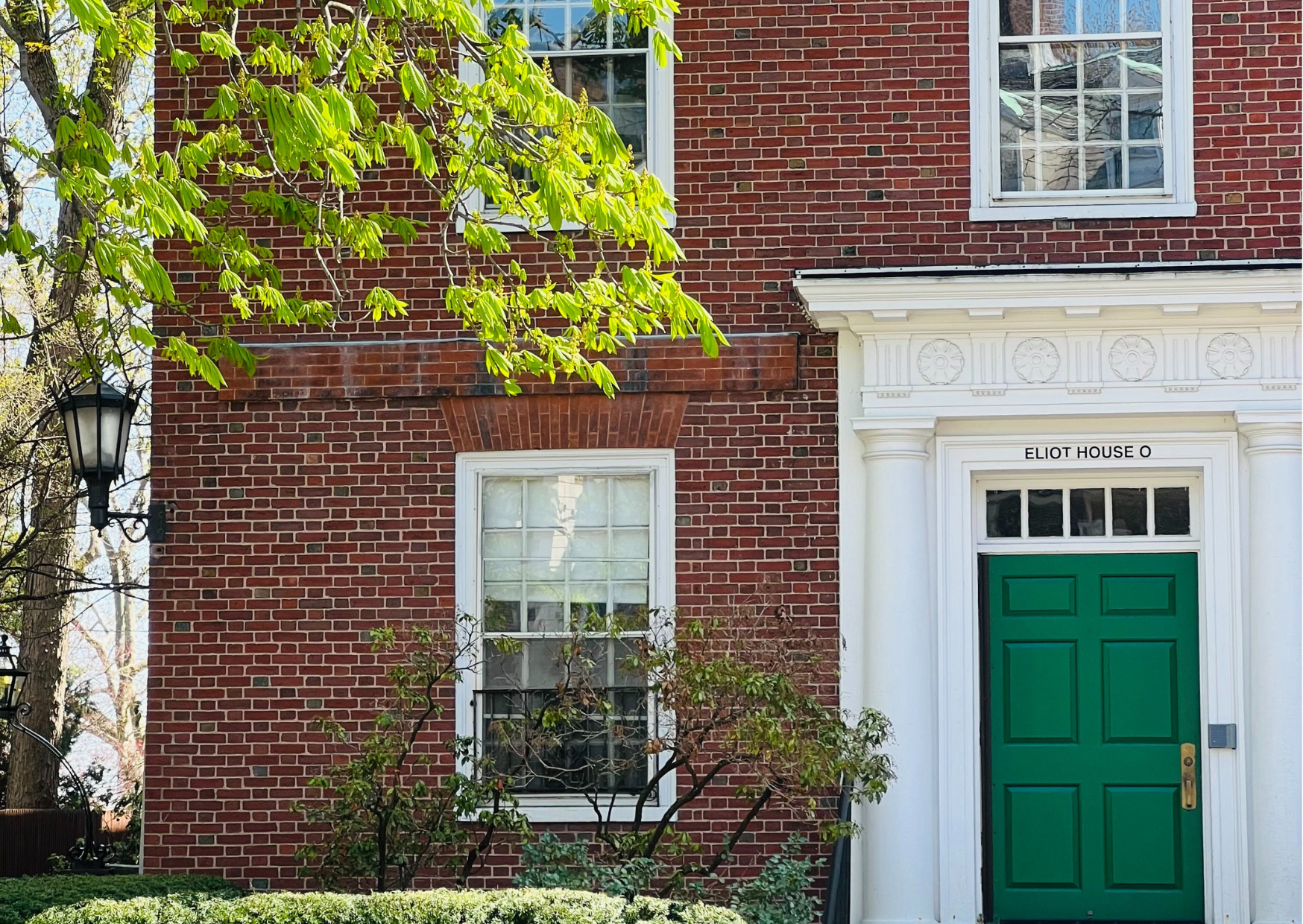A new proposal from the Victorian Greens is sparking debate among commercial property owners. The plan suggests imposing a 2% tax on commercial properties left vacant for more than six months per year, with the aim of revitalising high-profile retail strips such as Chapel Street, Prahran. While the policy is intended to encourage landlords to lease out their properties faster, Shannon Hynd, Commercial Department Manager at First National Real Estate Neilson Partners, warns that the tax may have unintended consequences.
The Challenges for Landlords
Shannon believes that while addressing long-term vacancies is important, a blanket tax on vacant properties fails to consider the complexities of commercial leasing. Here’s why:
1. Extended Leasing Timelines
Unlike residential properties, securing the right tenant for a commercial lease can take months. Landlords must carefully prepare, market, and negotiate leases to ensure long-term success.
“Leasing commercial property isn’t instant. It takes time and effort to find the right tenant. A tax penalty on vacancies could unfairly impact landlords who are actively working to lease their spaces.” says Shannon.
2. Pressure to Reduce Rents
One aim of the proposed tax is to pressure landlords into reducing rental prices. However, Shannon warns that forced rent reductions could lead to unsustainable leases, where tenants struggle to meet obligations long-term.
“Lowering rents to avoid a tax doesn’t solve the core problem. It may lead to short-term, unstable leases that create more issues down the track.”
3. Short-Term Pop-Up Tenants Aren’t the Solution
Encouraging temporary or pop-up tenants might seem like an easy fix, but Shannon highlights the hidden costs involved.
“Pop-up tenants can be a short-term solution, but they often leave behind additional costs in repairs and maintenance, putting further strain on landlords.”
4. The Hidden Costs of Commercial Property Ownership
Beyond rent, landlords must cover maintenance, land tax, insurance, council rates, and utilities. These costs don’t disappear when a property is vacant, making additional taxation even more burdensome.
Shanon says “the proposal overlooks the real financial pressures landlords face. Instead of a vacancy tax, the government should focus on reducing operational costs and offering tax incentives to make leasing more viable.”
What Does This Mean for Commercial Landlords?
If introduced, this new tax could mean:
✅ Higher costs for landlords already struggling with vacancy issues
✅ Less flexibility in lease negotiations
✅ Financial pressure that could push some property owners out of business
Instead of penalising landlords, Shannon suggests the government work with industry professionals to create incentives that encourage leasing, rather than adding financial burdens.
“We need proactive solutions, tax incentives, reduced overhead costs, and collaboration with the commercial sector to encourage leasing without penalising landlords.”
Stay Informed on Commercial Property Changes
With legislation constantly evolving, it’s crucial for commercial property owners and investors to stay up to date. At First National Commercial Neilson Partners, we’re here to help you navigate changes in the market and make informed decisions.
Do you need advice on leasing or managing your commercial property? Get in touch with our expert team today.
Shannon Hynd 0499 980 100
shannon.h@neilsonpartners.com.au






